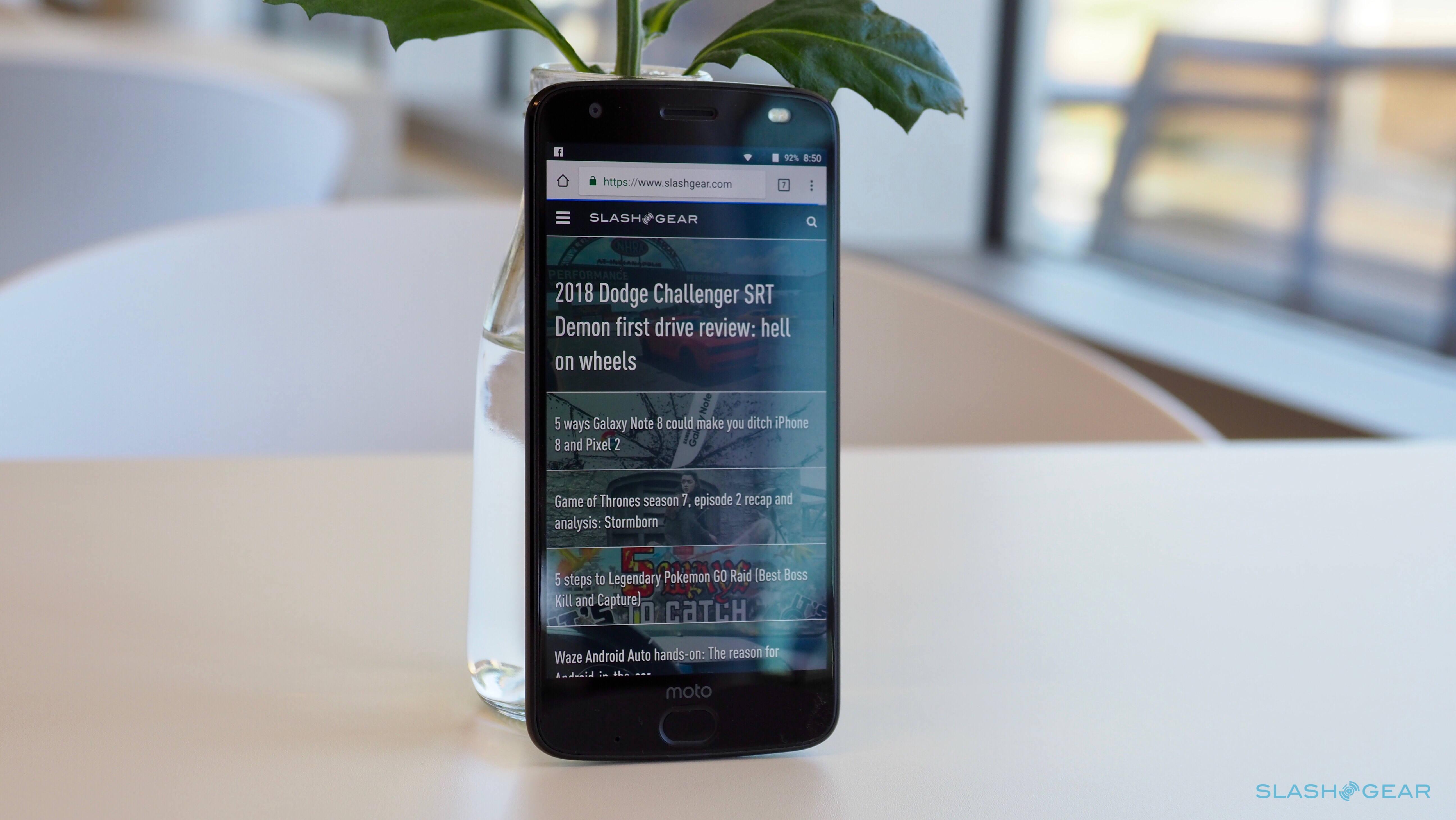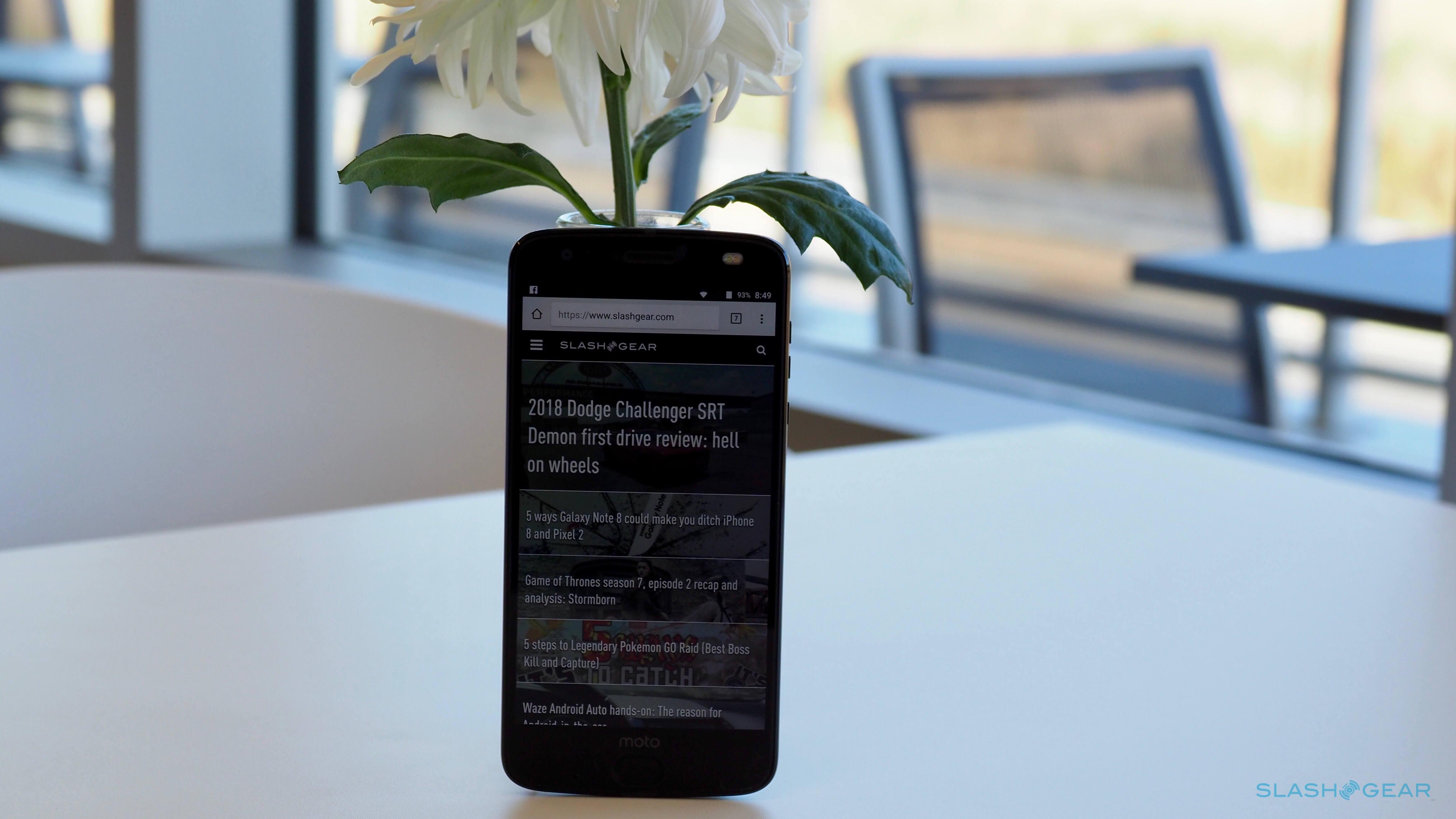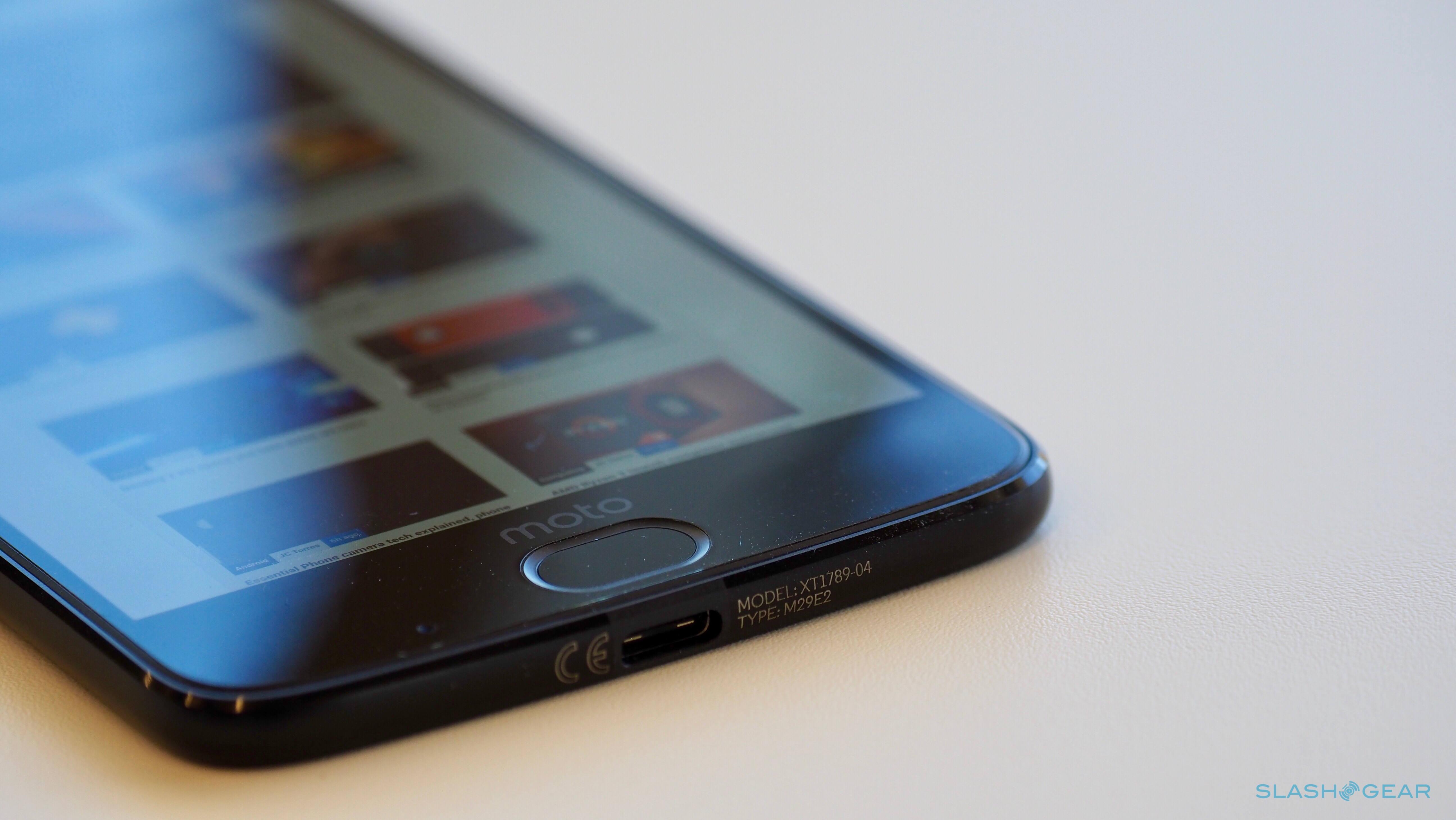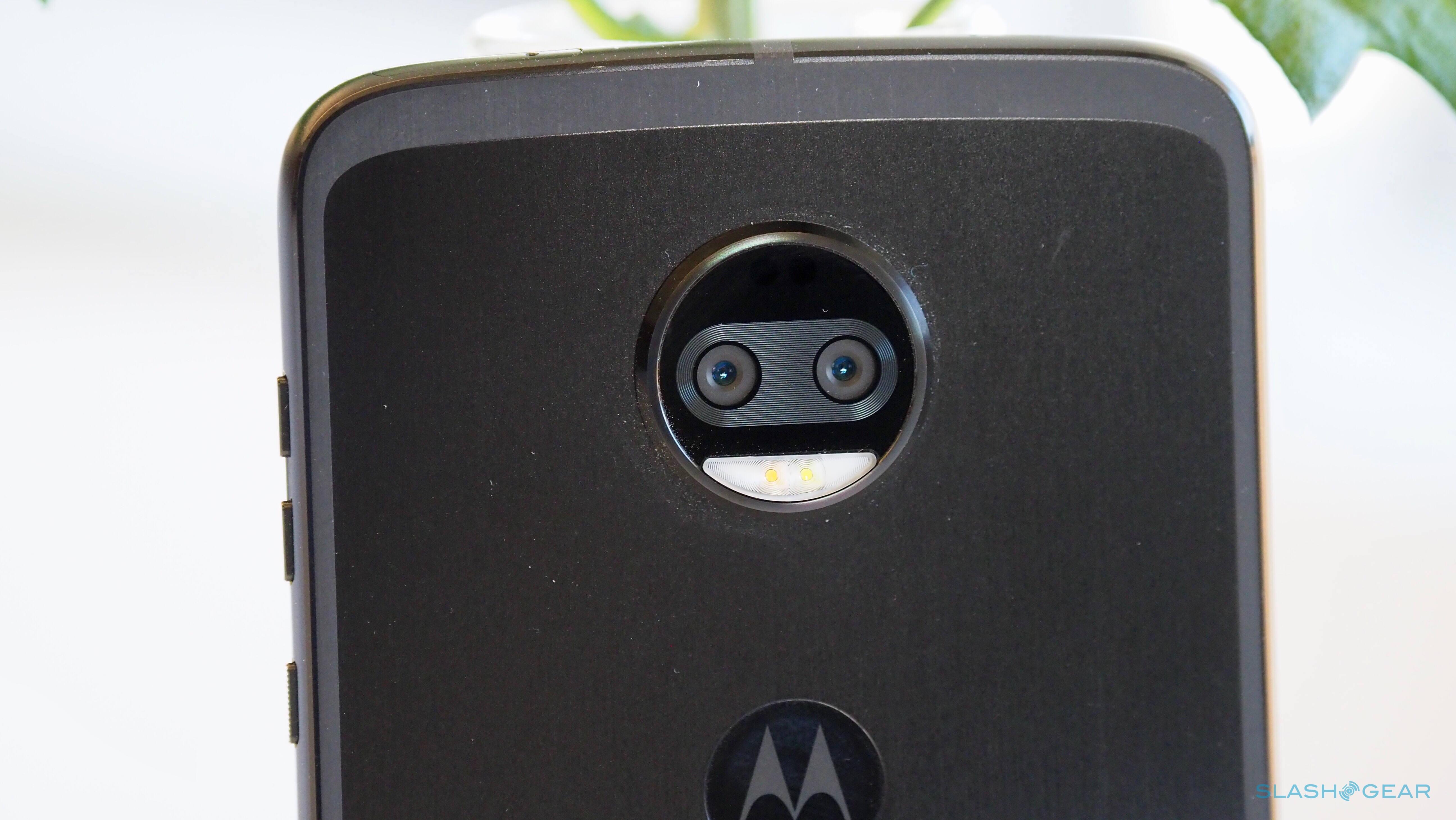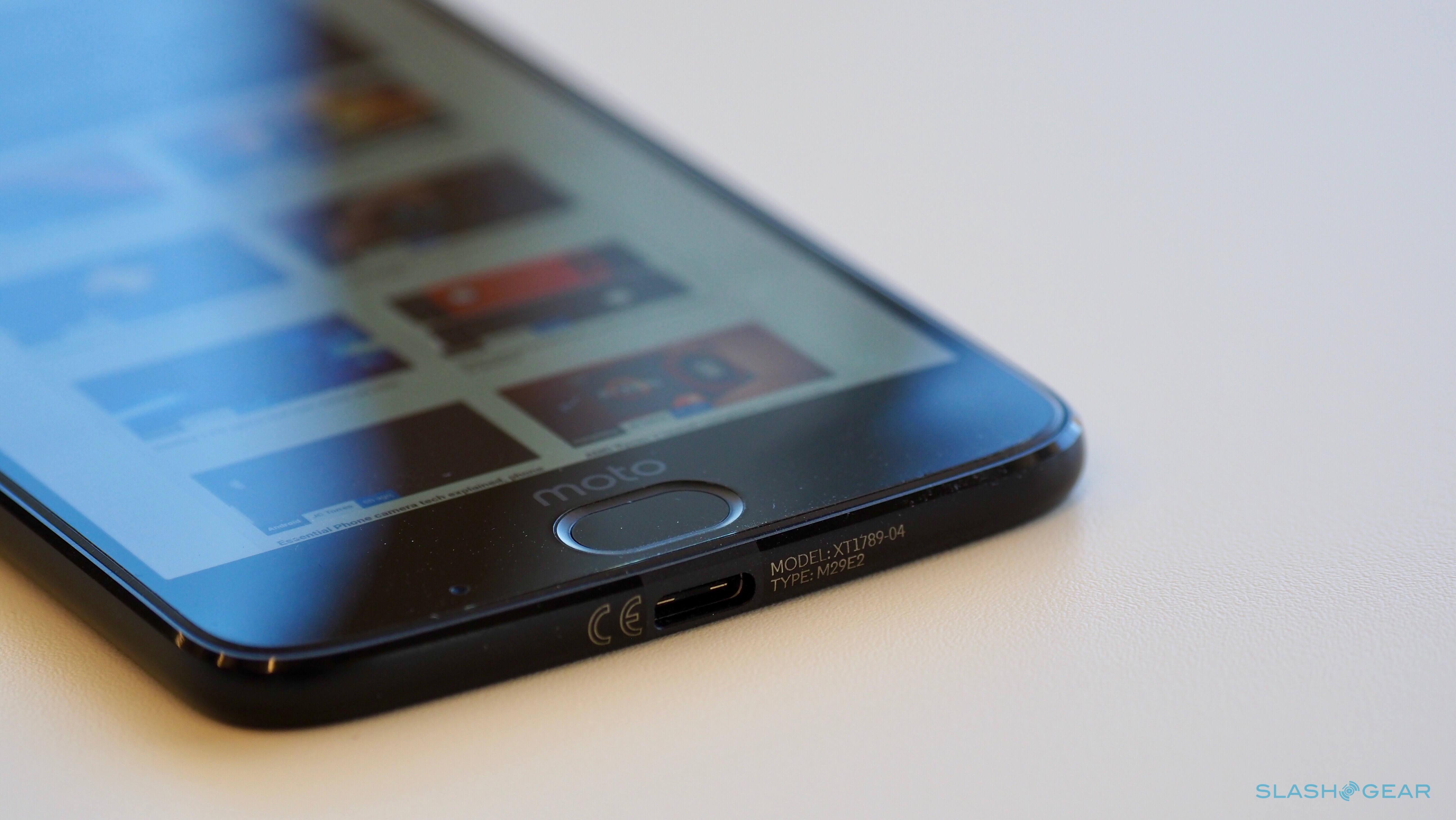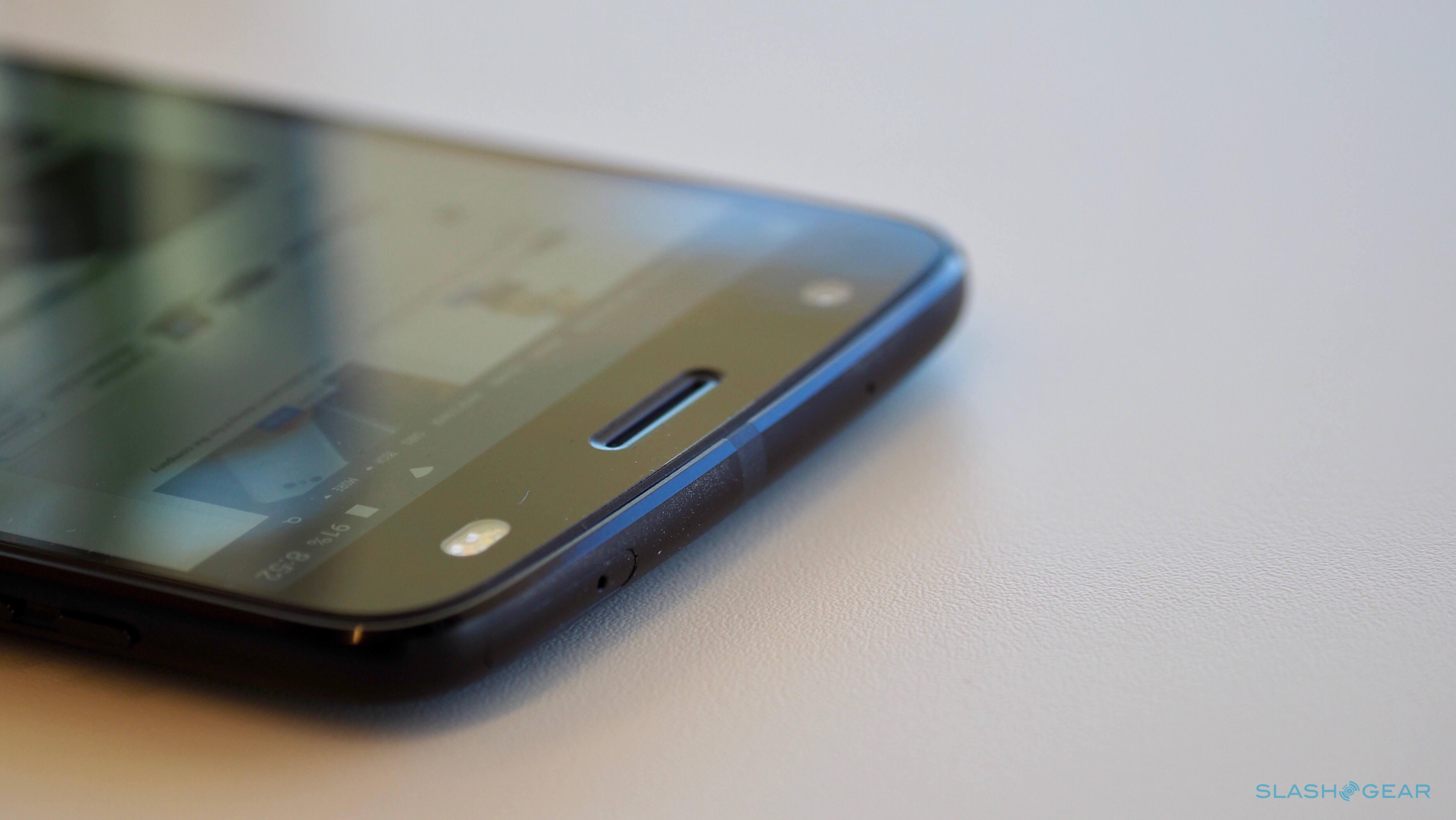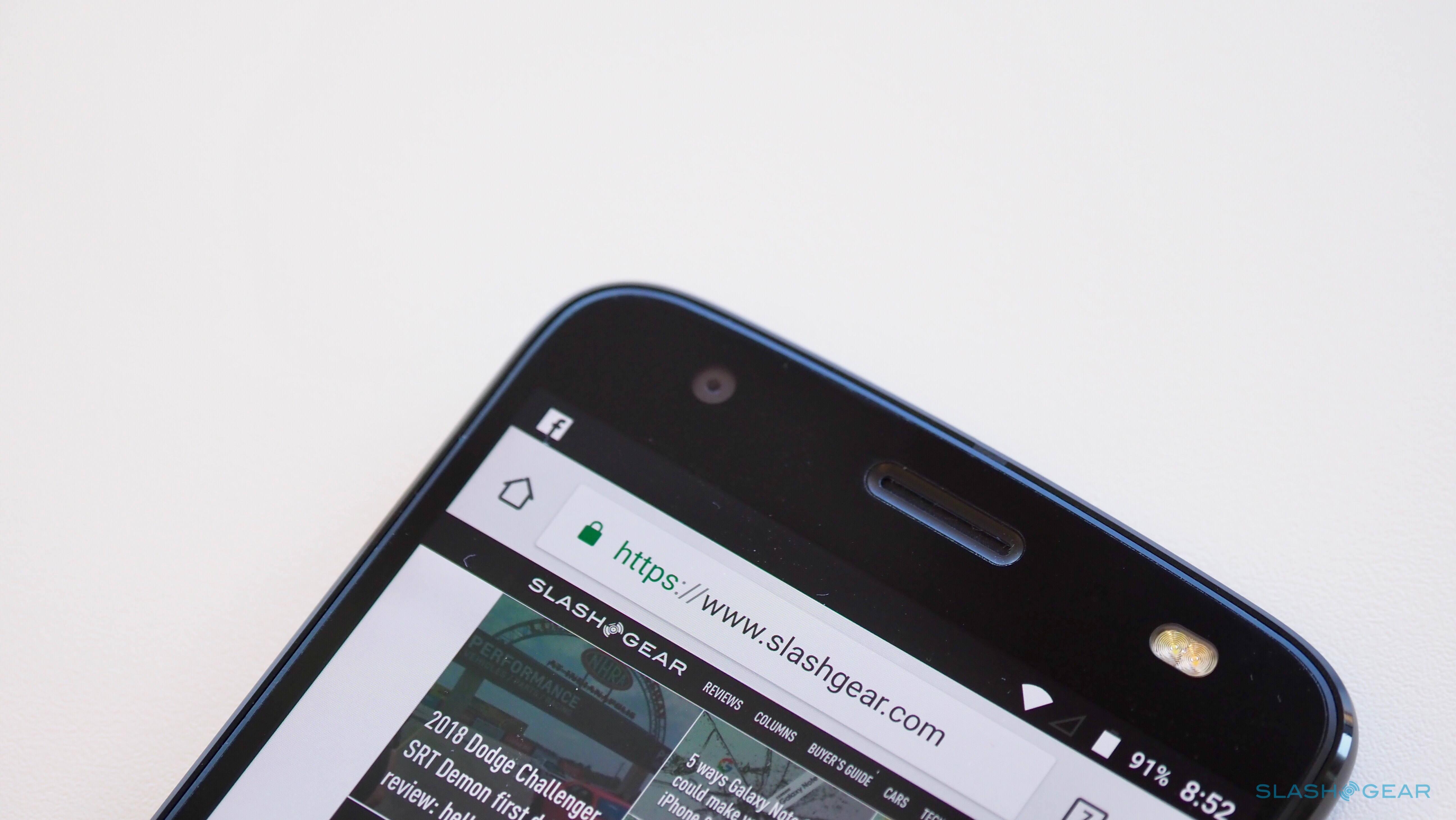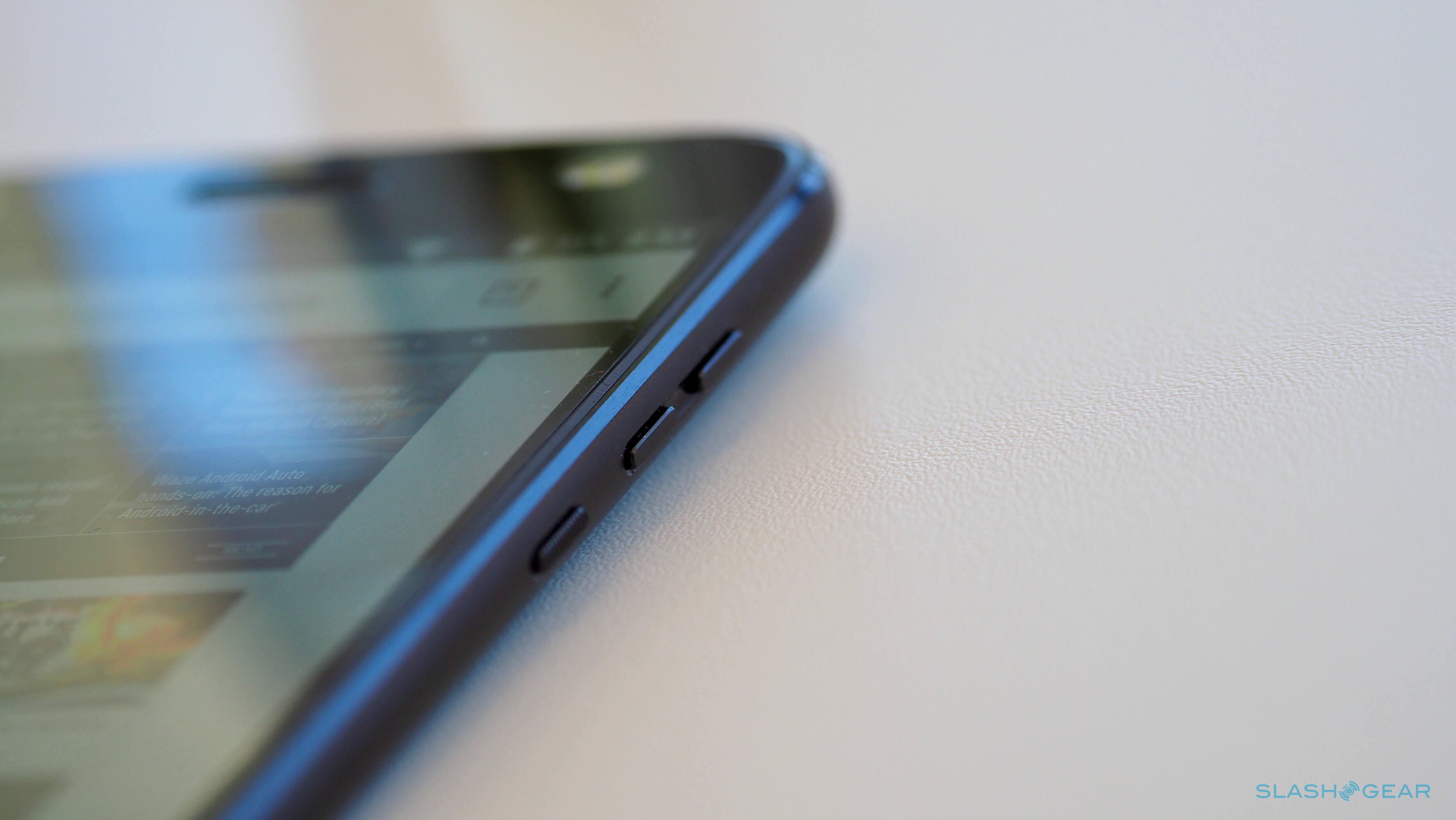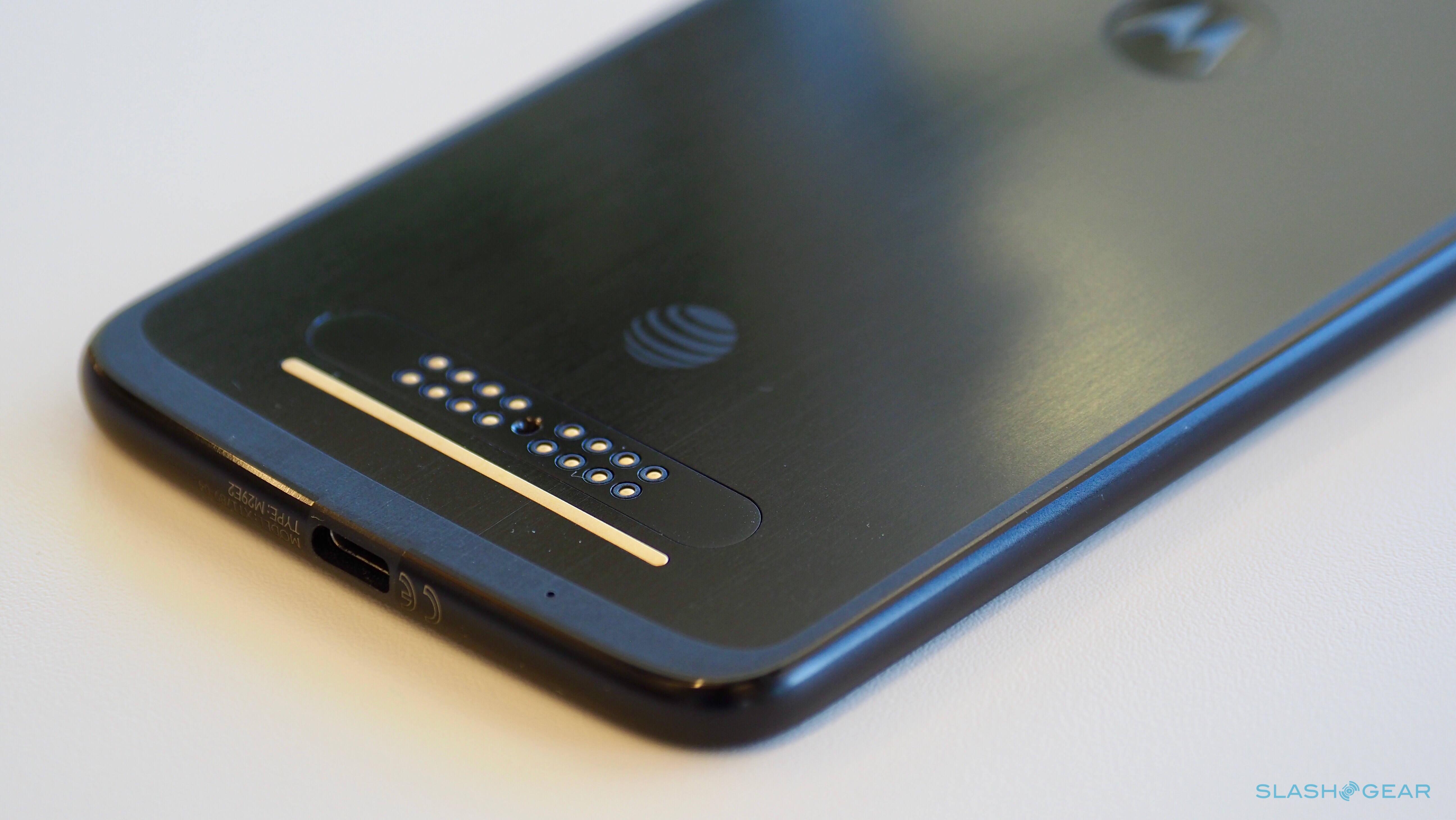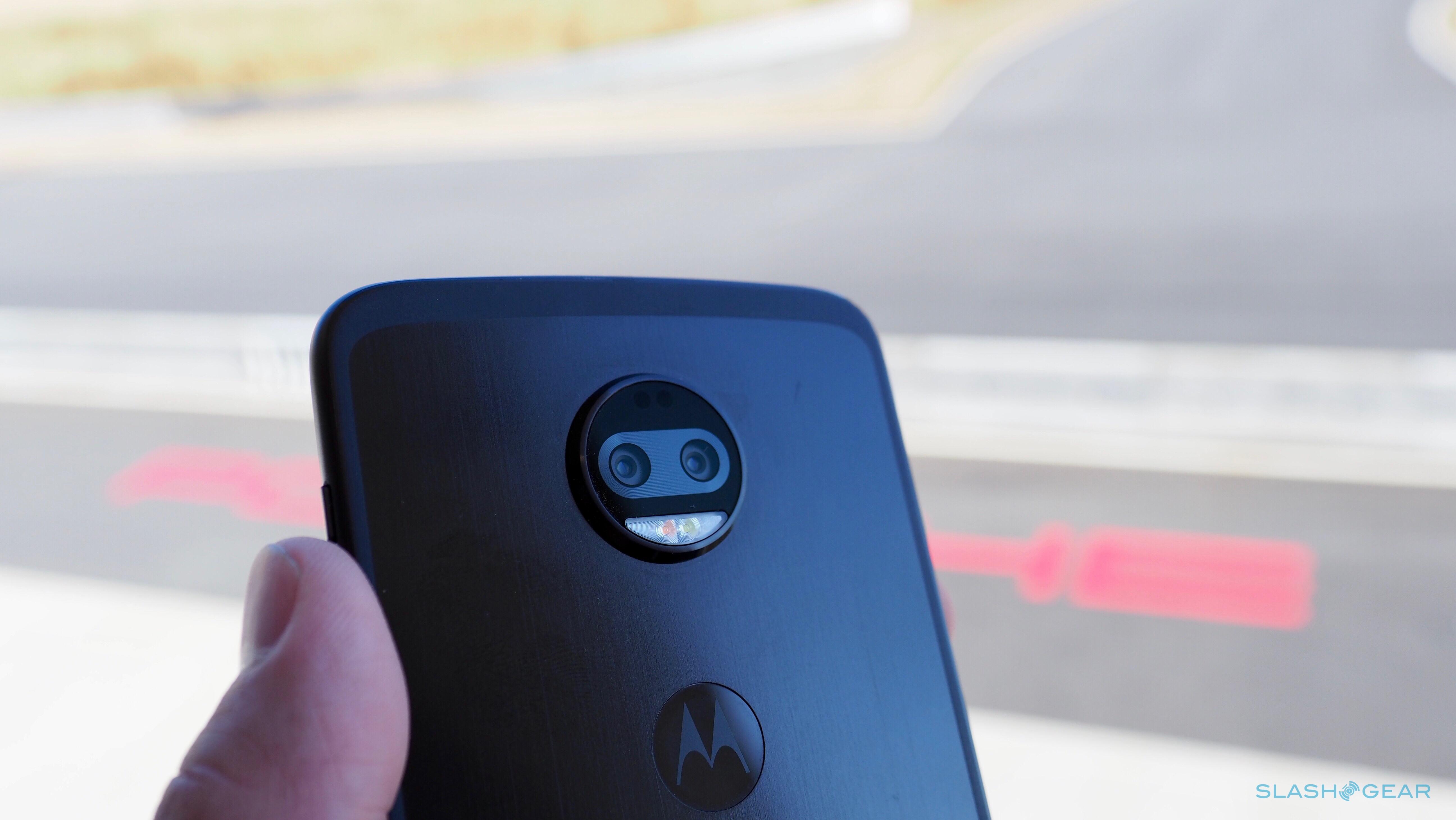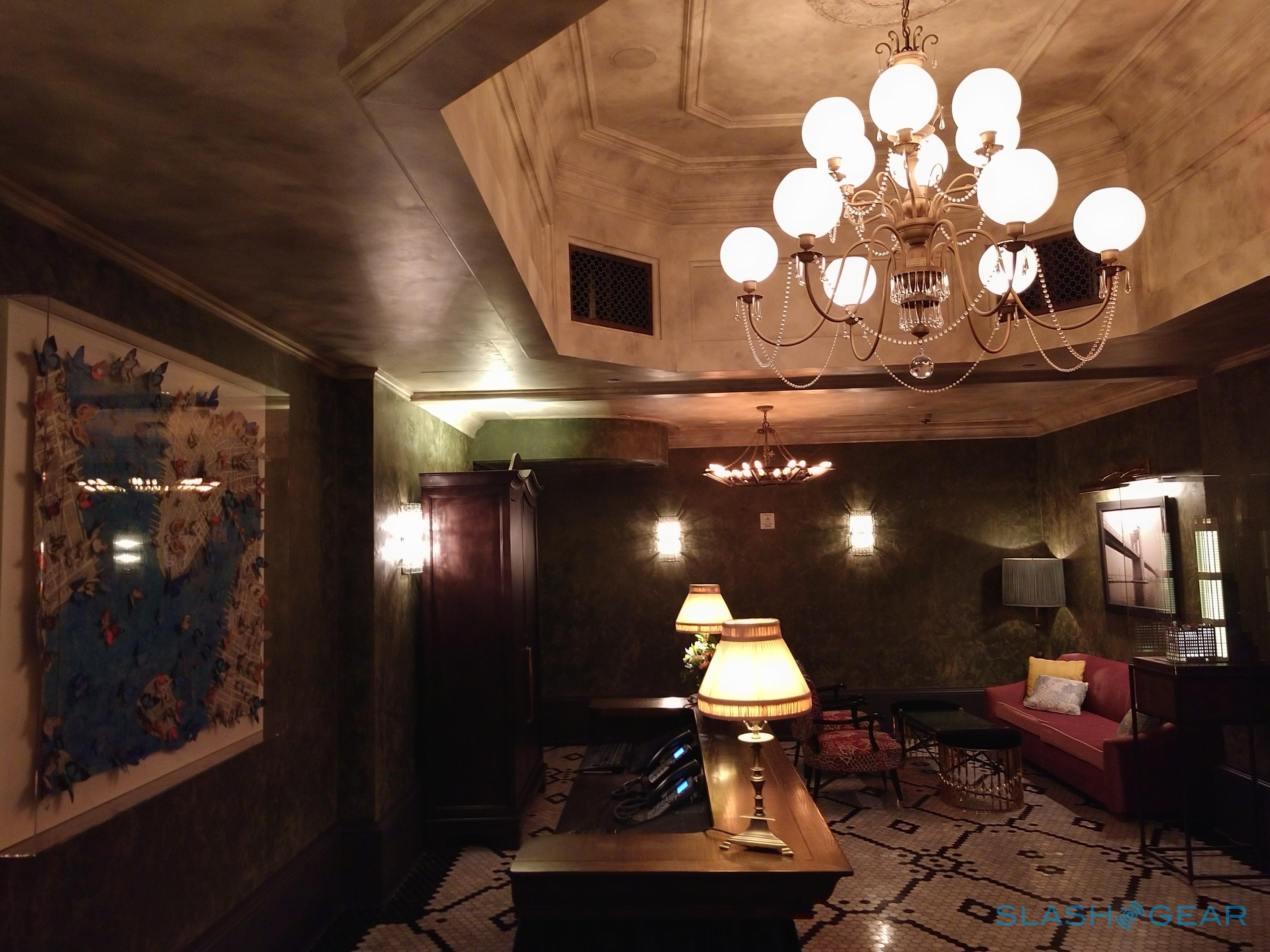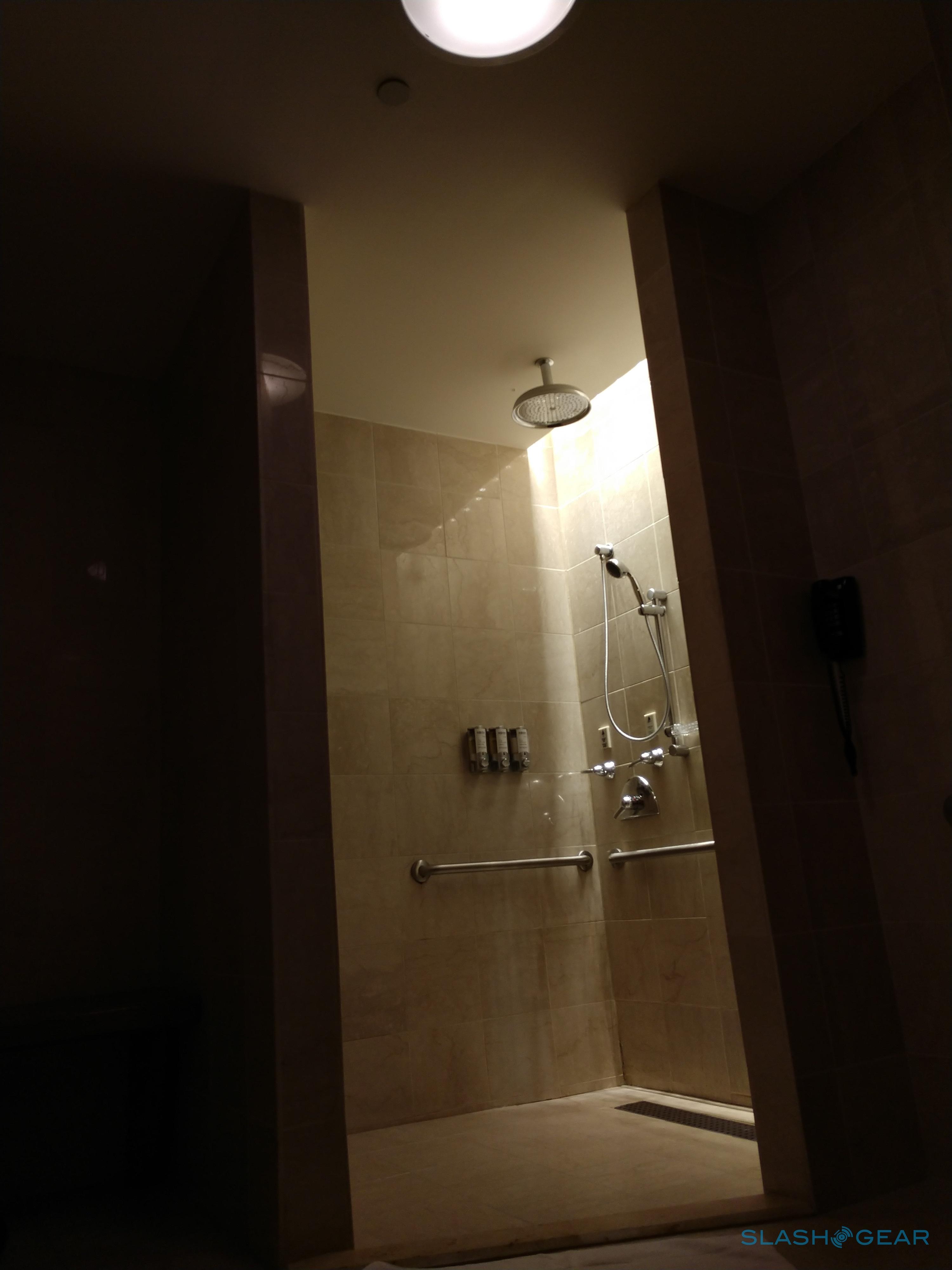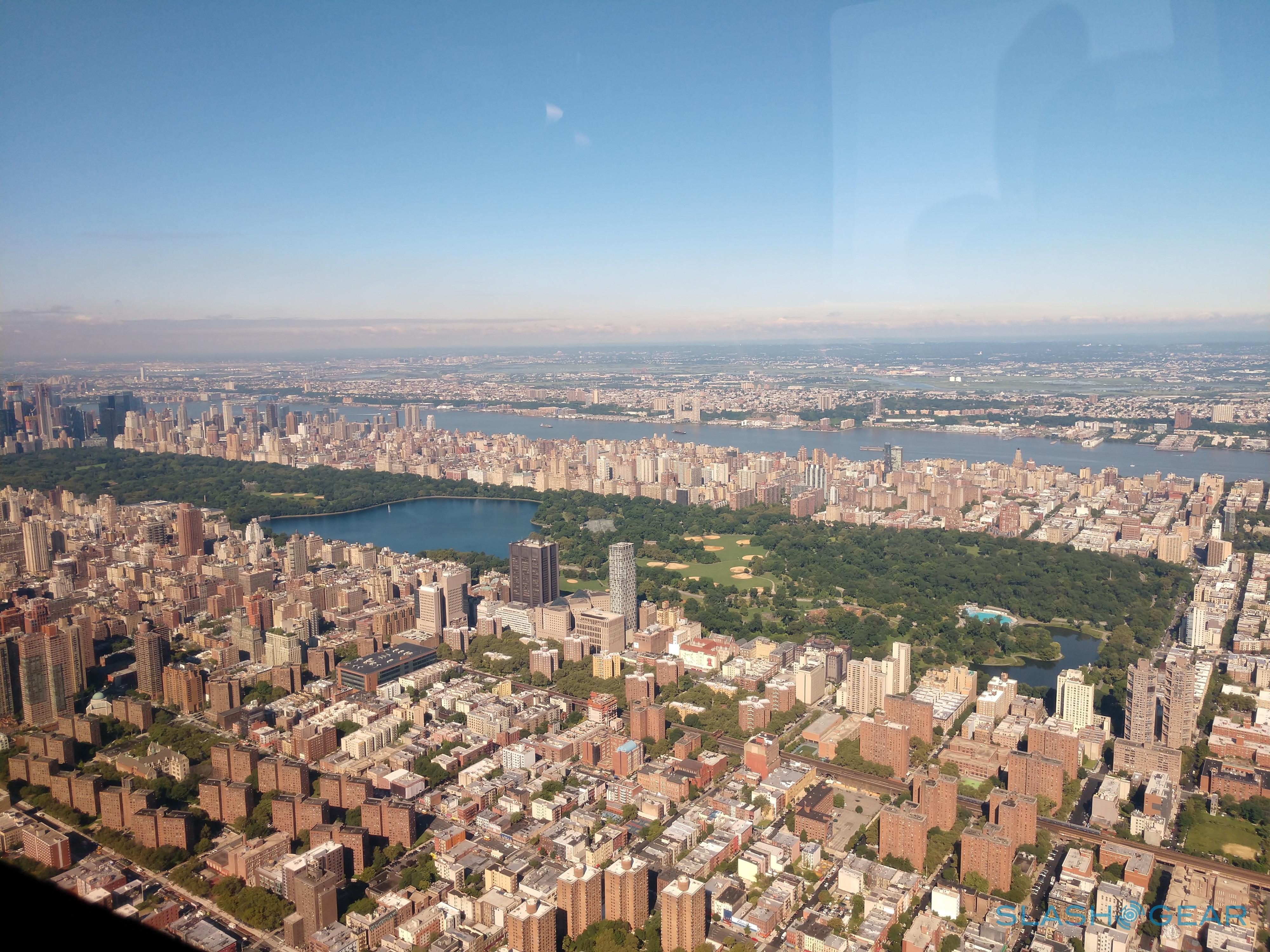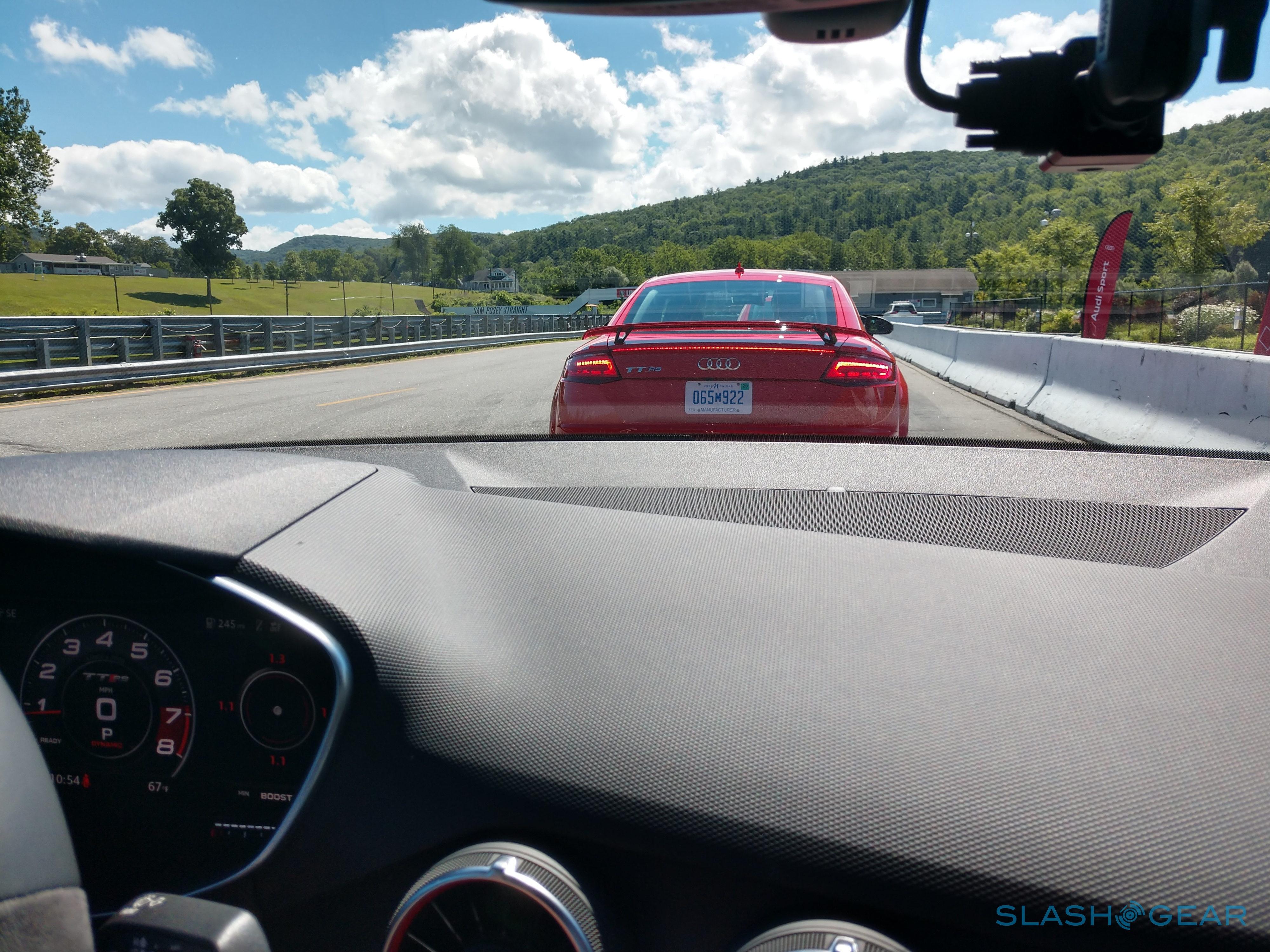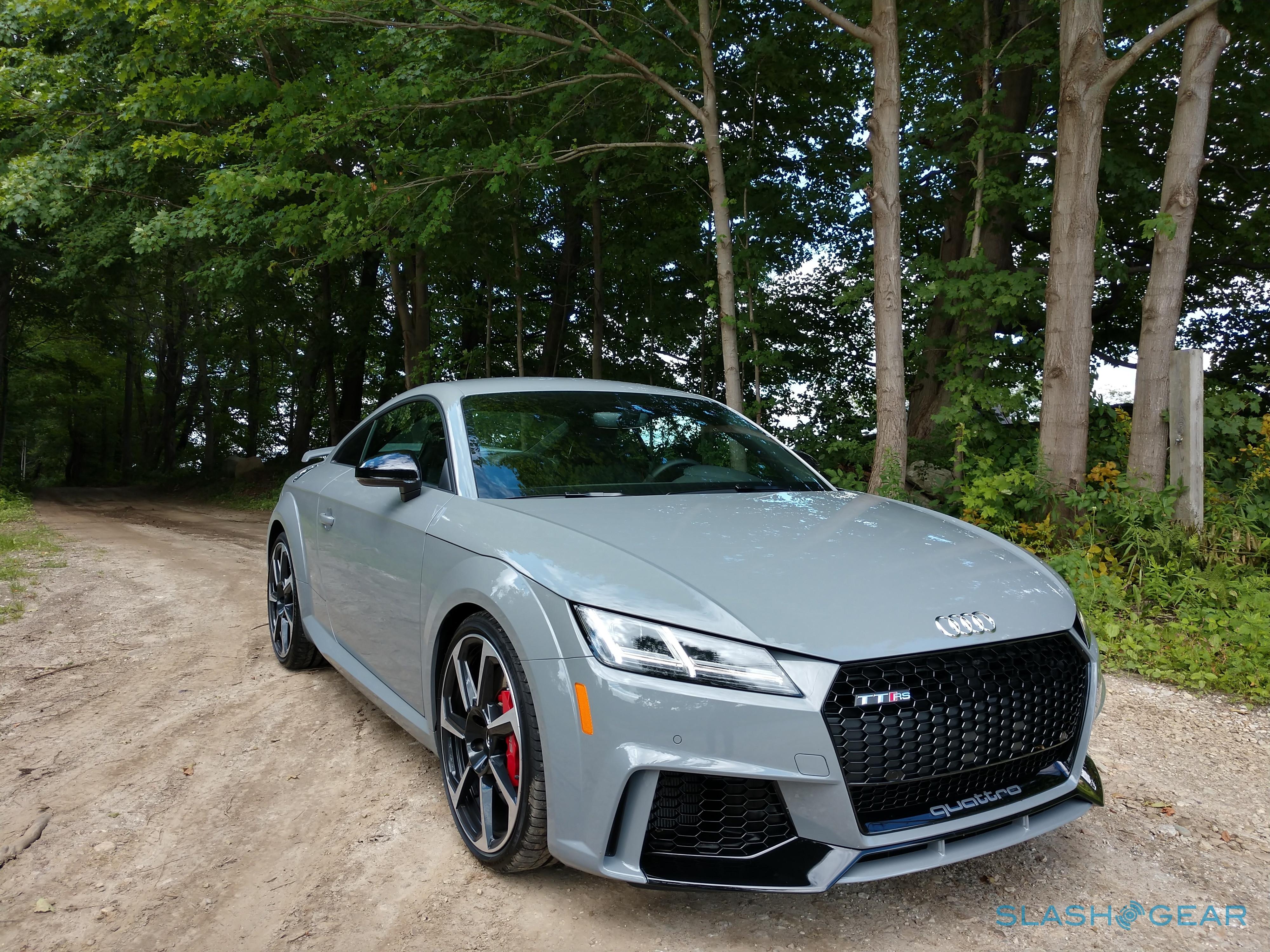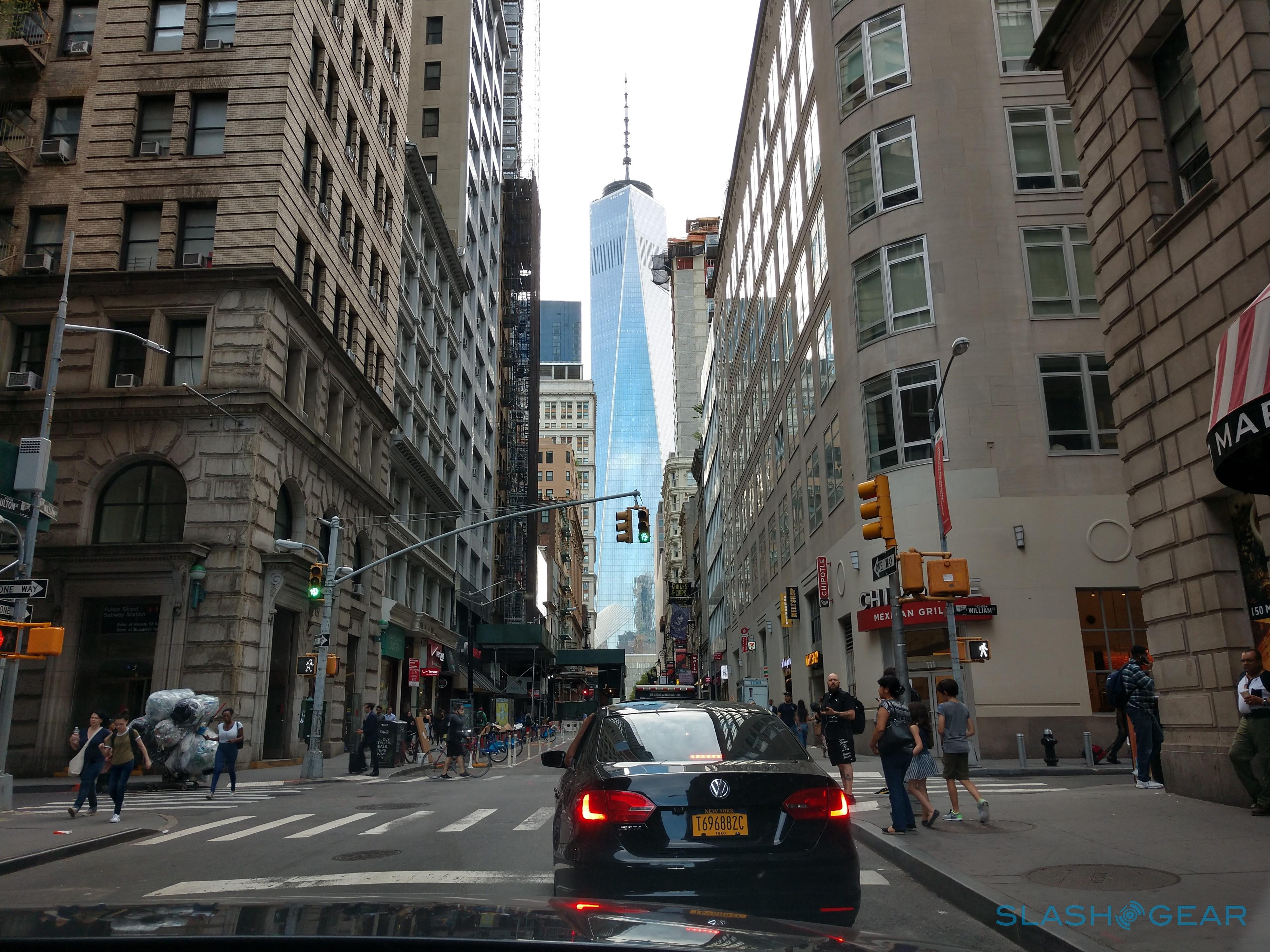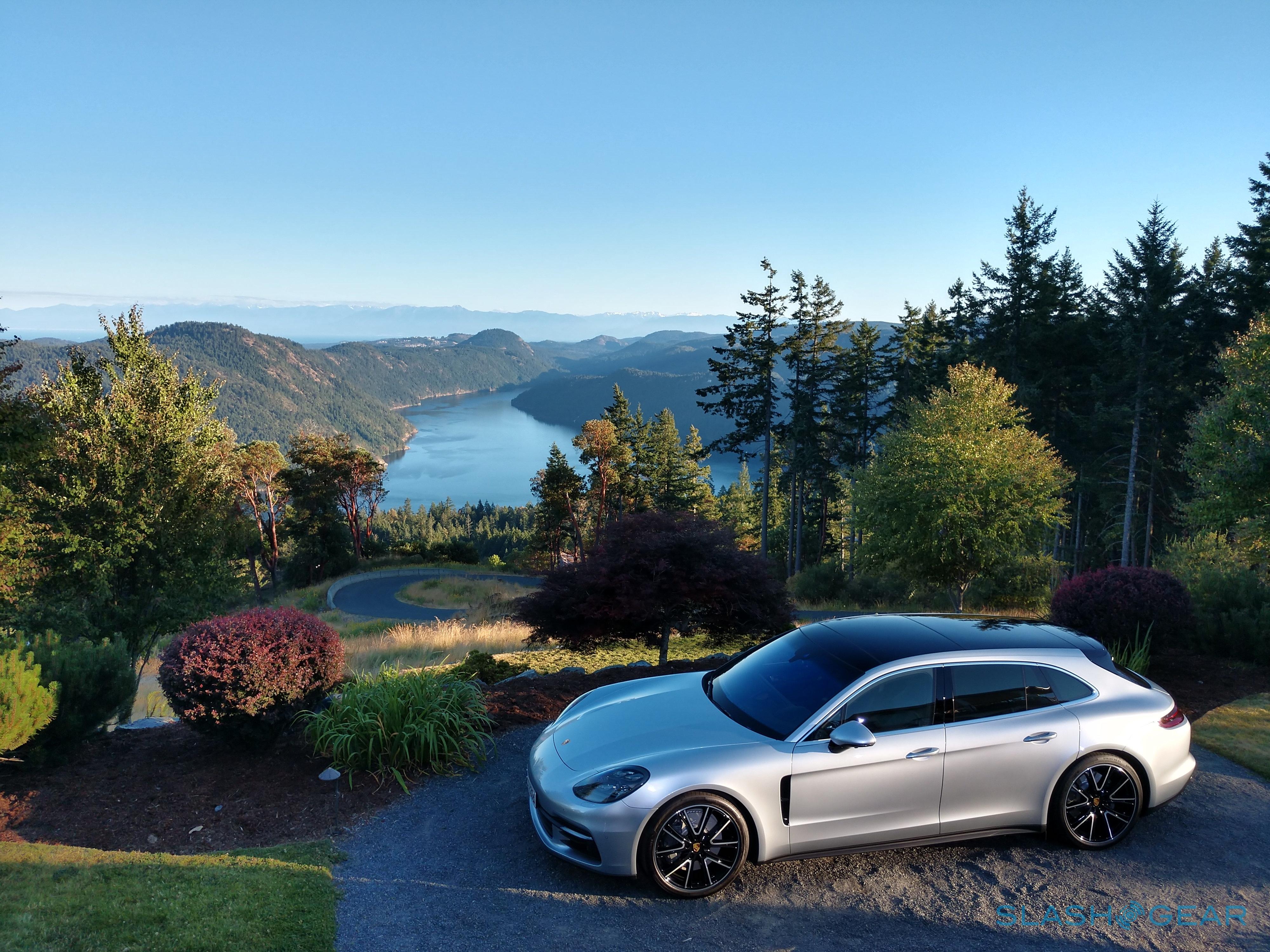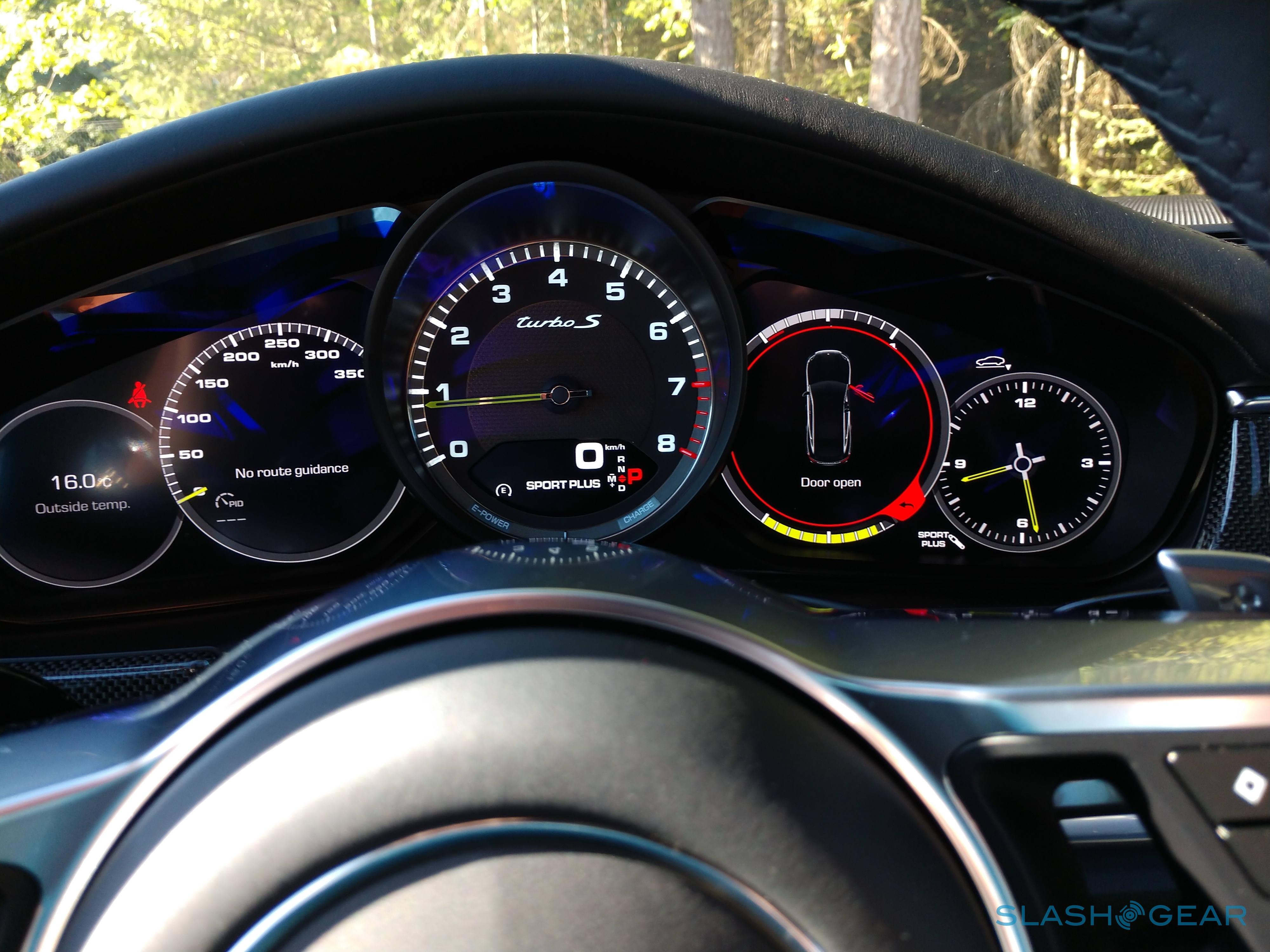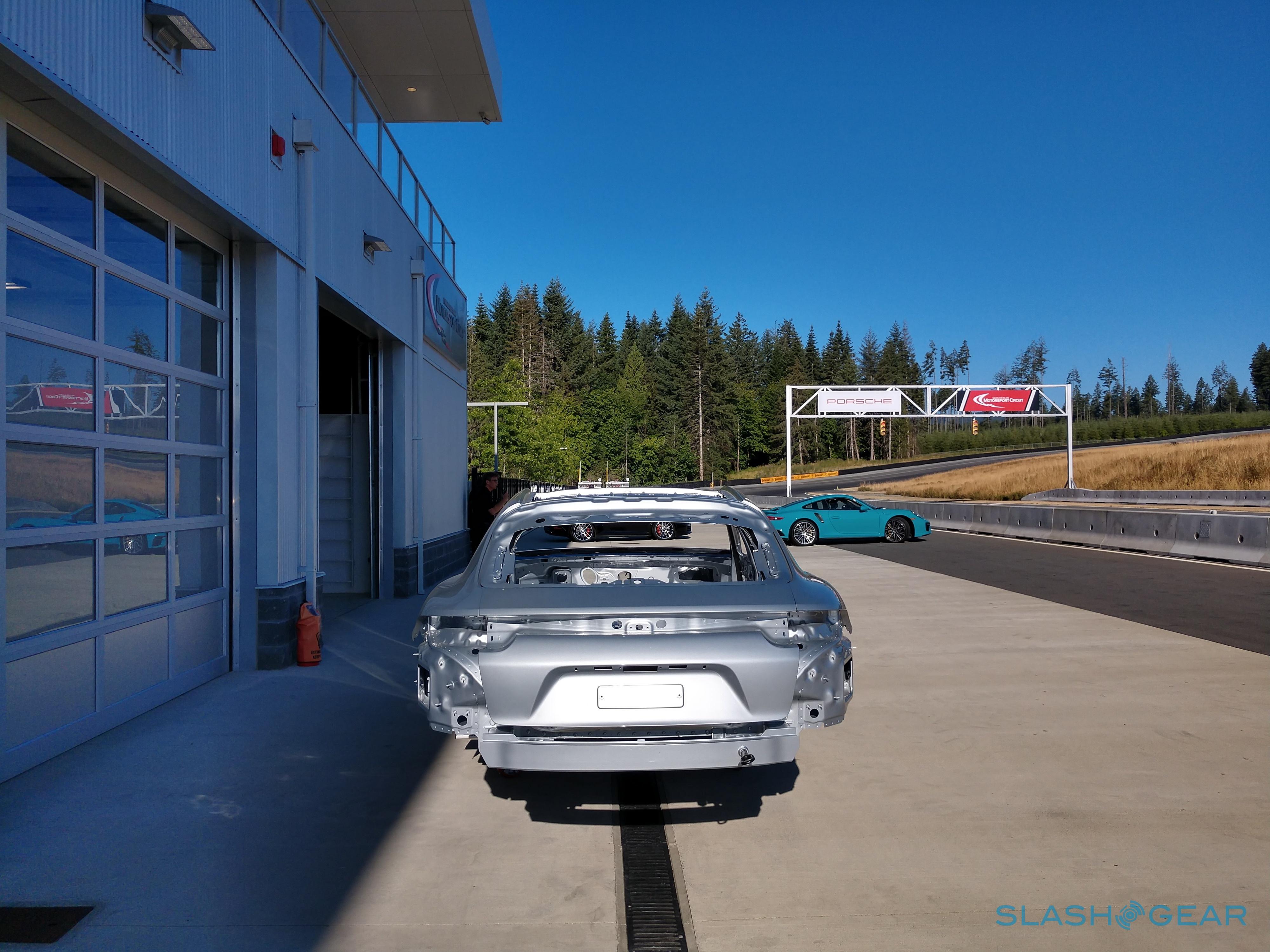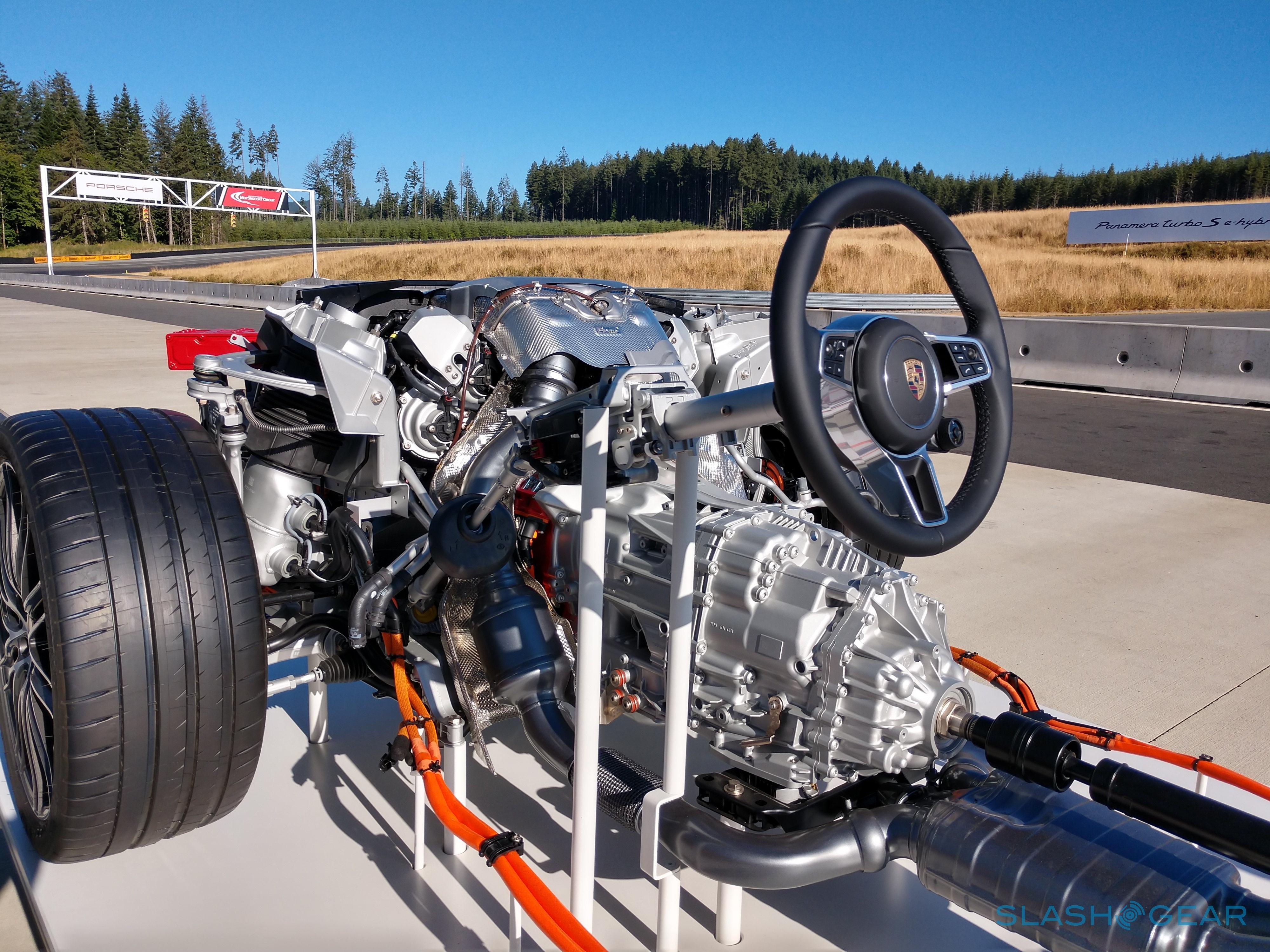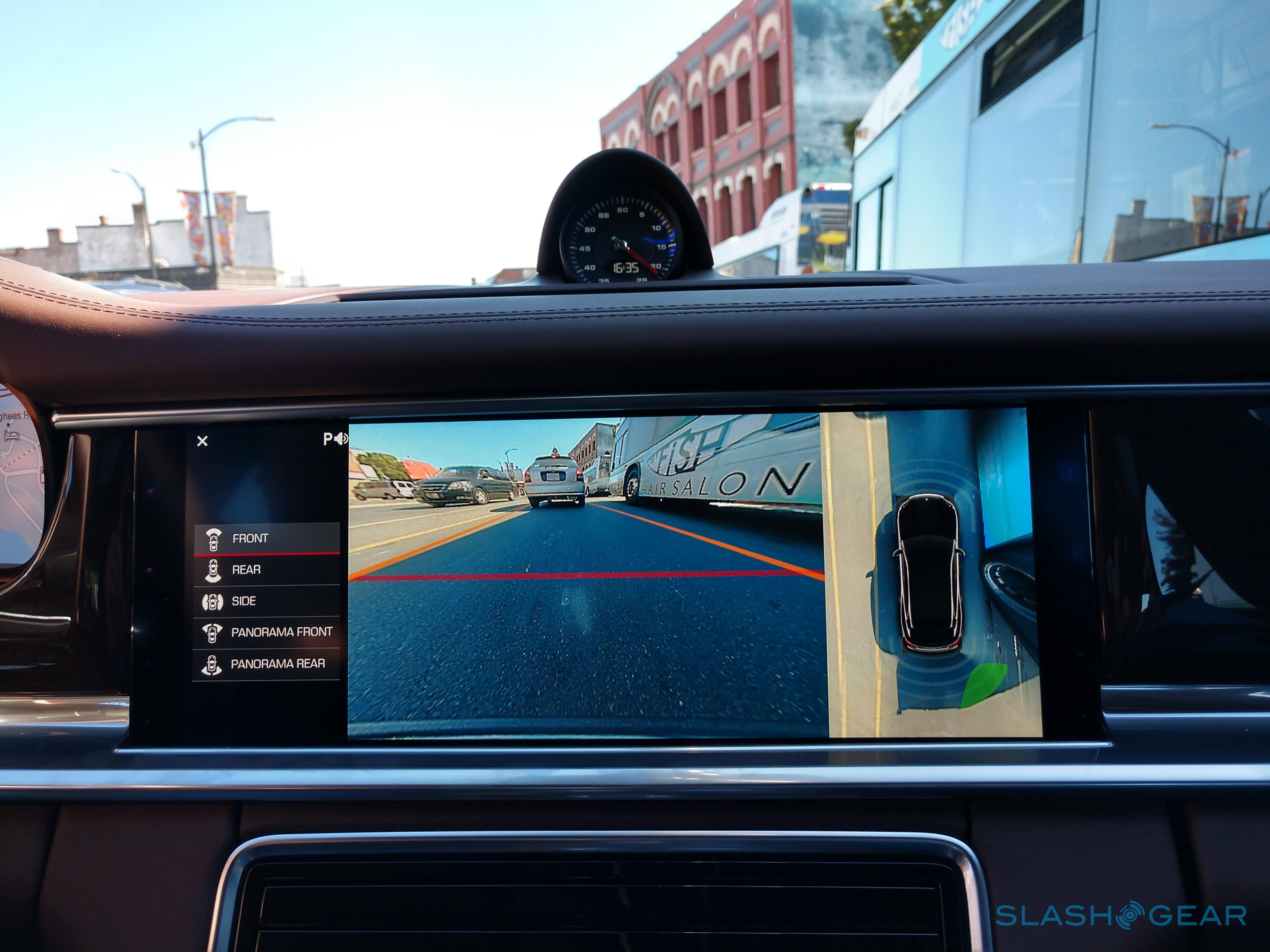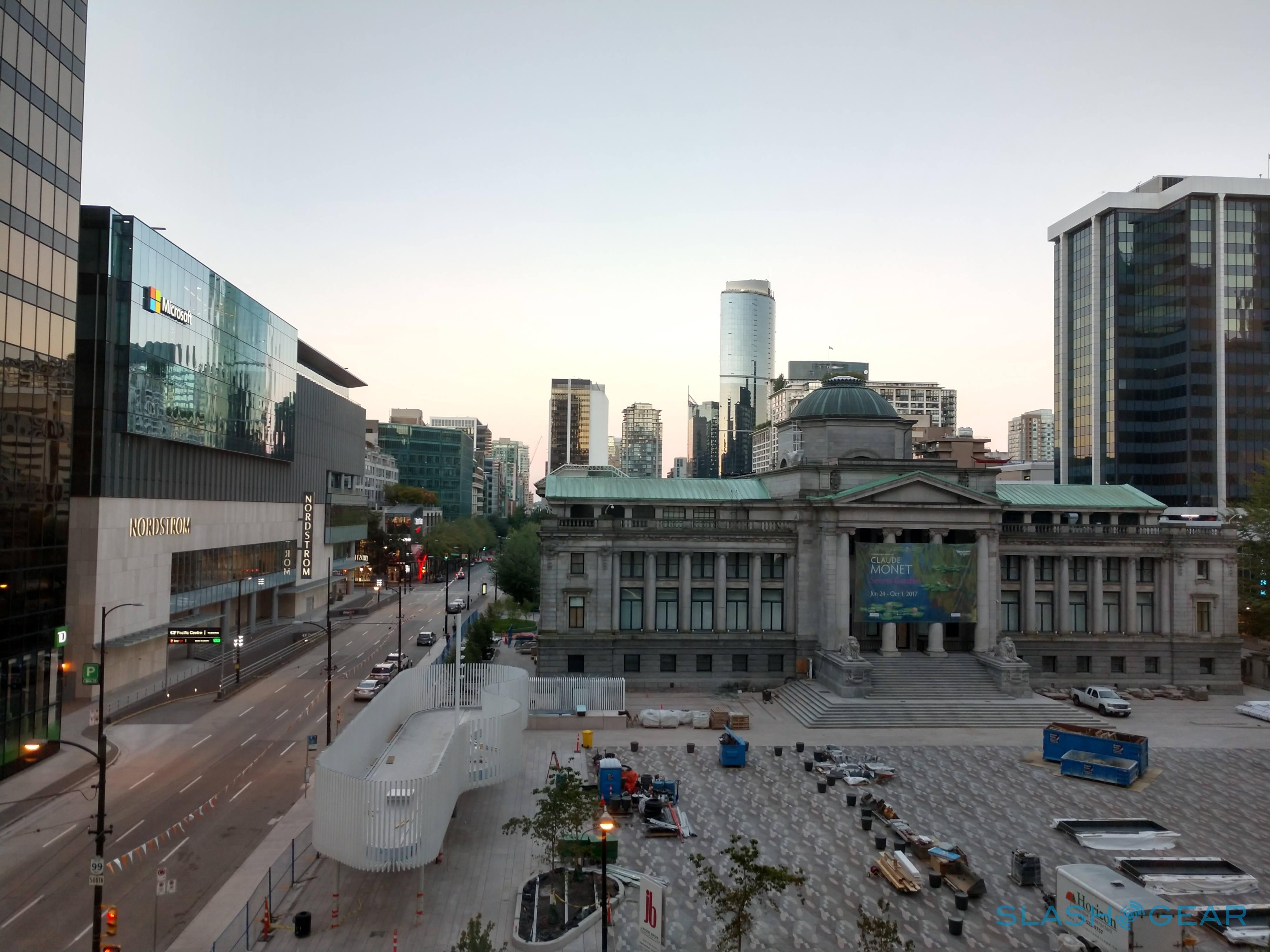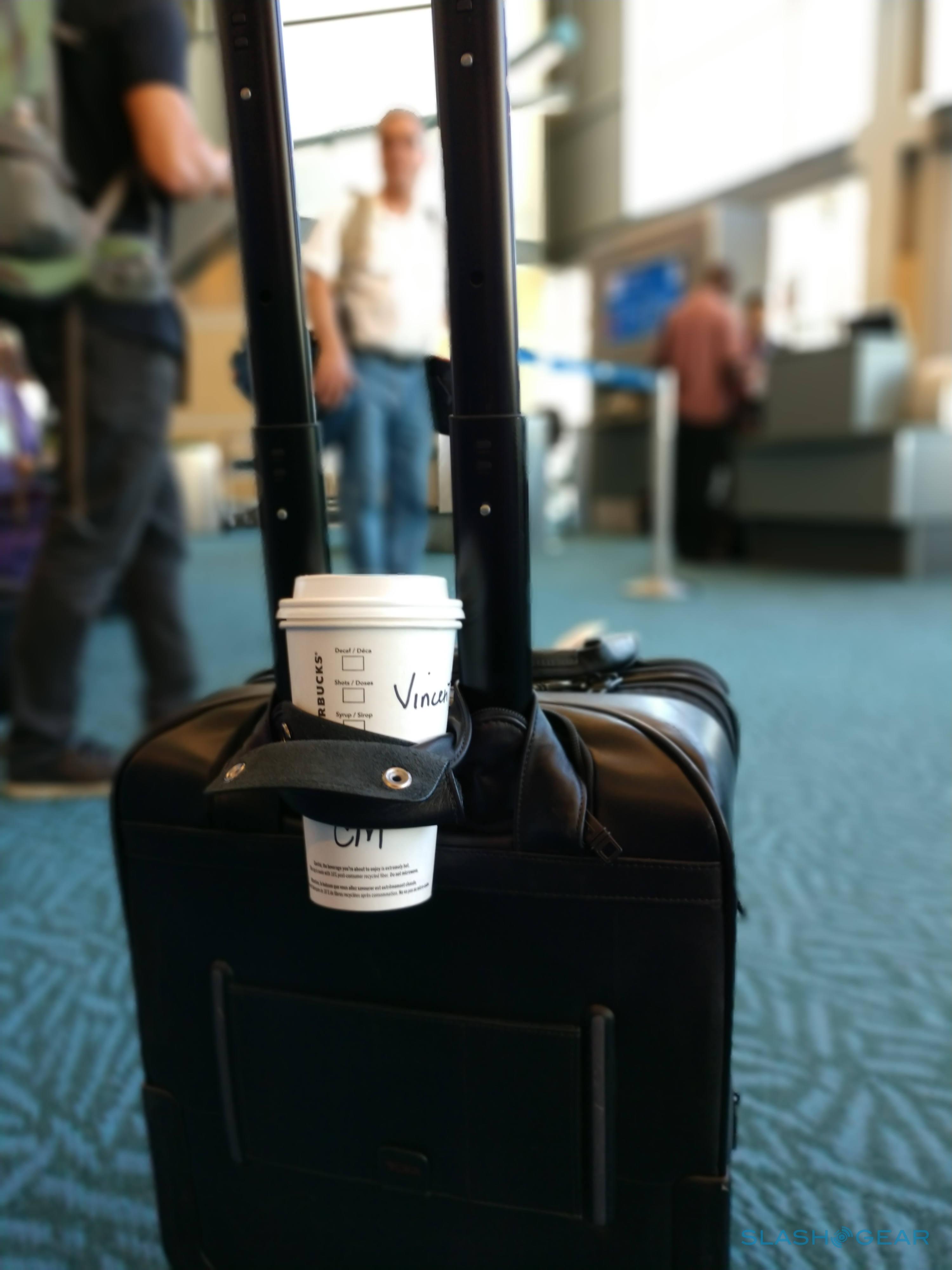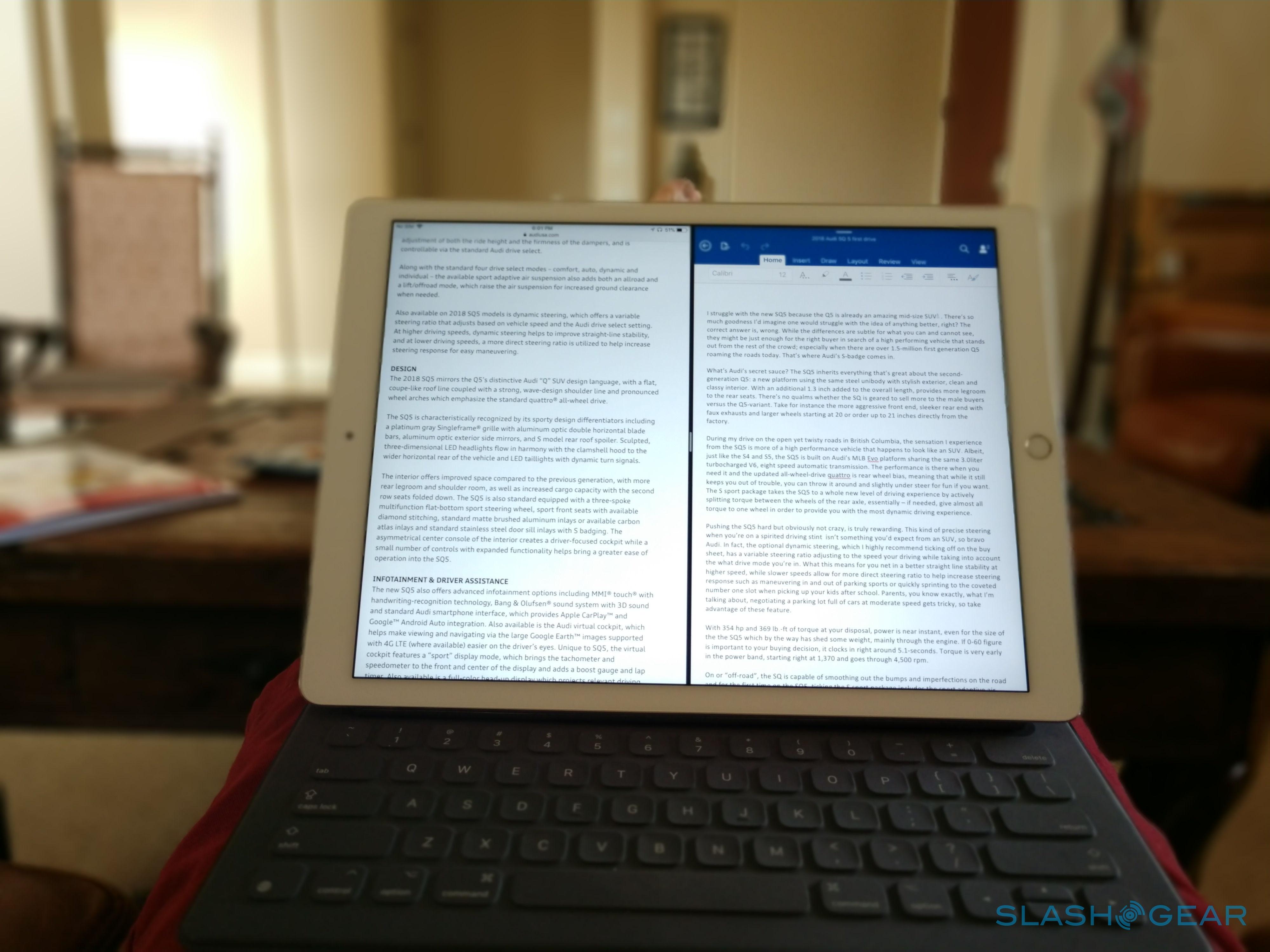Motorola Moto Z2 Force Review: Modular compromise
Motorola's Moto Z2 Force couldn't have asked for a better – or tougher – test over the last week, as it became my go-to phone on back to back events. The tl:dr? It's an evolutionary follow-up to the first-gen Moto Z Force, for better and worse. Full disclosure, I've always had a soft spot for the Z's raw and rugged design when there isn't a Moto Mod attached to the back. When I saw that it had loaded up with upgraded specs and a thinner design, I was mighty curious to see how the changes played out.
When you're buying a Moto Z-device, the first thing you need to understand is that it's one of very few modular devices available on the market today. When Motorola released both the Moto Z and Z Force last year, it just didn't make a whole lot of sense to me; I even speculated that, next time around, there would only be a single device. As I envisaged it, Motorola would slim down the Z Force – even if it meant sacrificing the size of the battery – then slot in the latest gen-processor from Qualcomm and, finally, boost the camera quality. Arguably that's just what Motorola has done with the Z2 Force, so is this the perfect combination of both predecessors?
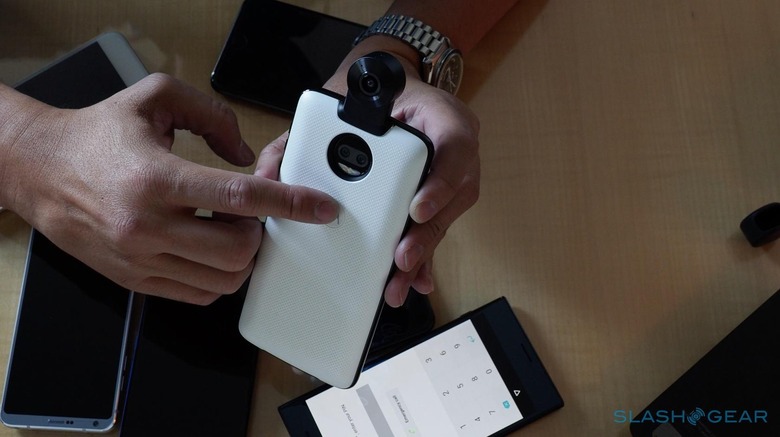
First glance, and the Moto Z2 Force looks nearly identical to the previous phone. While it retains the same shape and size, though – including the 5.5-inch AMOLED display – there have been improvements. The home button doubles as a finger print scanner, and now swiping left on it functions as a back button, while swiping right brings up the app switcher. That's also where you can activate split-screen, by dragging up in order to load up two apps at once. The bezels on either side of the 2,560 x 1,440 display are thick by today's standards, but I can't say I mind them too much. I would've preferred the device to not be quite as wide, but it doesn't go so far as being bulky.
To the left of the home button is a microphone and right below is the USB-C for charging; it also doubles up as a headphone jack via a supplied 3.5mm to USB-C dongle. It's possible that I'm in the minority camp when I say that it's delightful that the headphone jack is gone. Frankly, all the headsets I use are Bluetooth enabled, from regular cans through to custom JH Audio 16 with a Bluetooth dongle for when I'm traveling. Suck it up folks: the cable-free life is the way to go.
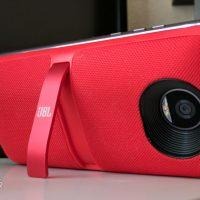
Up top is the speaker – incidentally, the only speaker on the entire device – flanked by the 5-megapixel front-facing camera on the left and a flash on the right. Image quality is reasonable as far as a selfie-cam goes, and the wide angle lens works fine for group shots. It's pretty blatantly clear that the single speaker design is meant to push owners towards investing in JBL's speaker Moto Mod. Personally, I suspect that having another speaker on the bottom edge wouldn't make that big of a difference, and the Z2 Force's mono speaker works fine. You definitely notice the difference in both sound level and sound quality with the JBL speaker, mind; be sure to check out SlashGear's review for more.
The volume buttons as well as the power button are placed on the right hand side. Protruding amply on the back is the bulky dual-camera setup that many people just can't unsee. You know what? I'm fine with it. Fit on a back cover or any of the Moto Mods and suddenly the camera finishes flushes. Towards the bottom of the rear are the pins and magnet for attaching Moto Mods, while below that is another microphone. A third mic is on the top edge, alongside the SIM and microSD slots.
The single feature I care most about on a smartphone is the camera, and I suspect that's true for the majority of the phone-carrying population. The best camera is, as the old saying goes, the one you have with you, and for most of us that's the camera in our phone. The Z2 Force starts out well there, and I do like Motorola's twist gesture to activate the camera. It's almost as fast as the HTC U11's squeeze trigger to activate its camera.
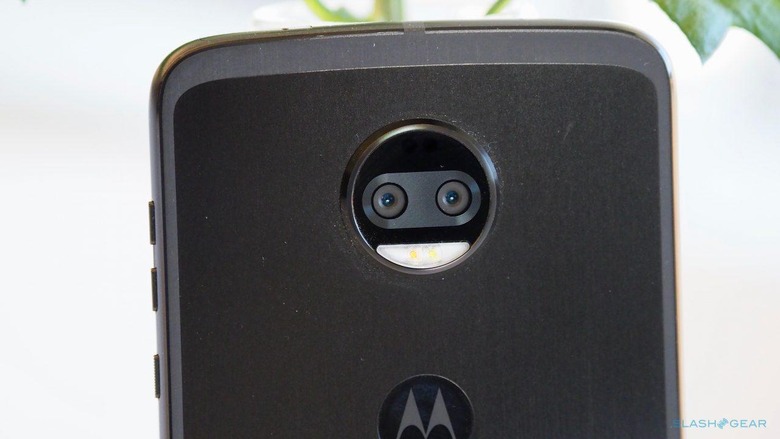
Motorola's take on the dual-camera setup is similar to what Huawei has been doing for the last couple of years, and a totally different approach to that of Apple and LG. The Z2 Force's two sensors are each 12-megapixel, but one is color and the other is only black & white. In theory, because the black & white sensor doesn't have to process the full color spectrum, it should be able to take in more light. It can then share that data with what the color sensor captures simultaneously, with the end result being the ability to to take pictures in lower light with less noise and fewer artifacts.
Clever stuff, but Huawei's recent P10 Plus, made in collaboration with Leica, packs a 12- and 20-megapixel sensors, and also offers a lower f/stop of 1.7. A full stop lower than Motorola's f/2.0 aperture, it means the Z2 Force's dual cam configuration is slower out of the gate. It's not to say that the end results are bad, because there are other features that come into play to improve image quality like the combination laser and phase detection autofocus. It is a crying shame, though, that Motorola omitted optical image stabilization (OIS) in favor of trusting the electronic image stabilizer to do all the work.
For the most part the results are solid, but not great. The depth effect mode particularly is so-so: fun to use, but not one that I would recommend with children because they tend to fidget and move around too much. With adults, as long as you have ideal lighting conditions it fairs better, though it does seem prone to light bleeding around the edges of your subject. If you've been playing with Apple's Portrait Mode on the iPhone 7 Plus, though, I don't think you'll be motivated to switch. The Z2 Force seems to lack Apple's AI logic that balances the bokeh effect with people, treelines, the sky, and other surrounding objects.
Motorola's most controversial decision with the Z2 Force has probably been its battery. I'll admit, it's certainly less than optimal, which I could've guessed what with the decision to drop the capacity 2,730 mAh. When I'm on the road I'm a power-user so, by mid day, I generally had to start either looking for a charger or alternatively slap on a battery Moto Mod.
Nonetheless, if the Z2 Force speaks to you as it does to me, the smaller battery life isn't all doom and gloom. It charges mighty fast, as long as you use the accompanied charger and cable: from under 50-percent, it would consistently recharge in full in under 25 minutes. In sporadic use at the track, when I used it for regular photography and shooting 360-videos with the new 360 Moto Mod camera, it lasted through the day. When it was time to charge up, plugging it into a portable charger with Qualcomm 3.0 Fast Charging support does the job of rapid charging. For anyone working in the field like myself, the modular design works great: having a couple of the battery Moto Mods to tack on when power runs low is the ideal scenario, versus plugging it in and dealing with trailing cables.
It begs the question, indeed, was it prudent for Motorola to scale the battery down for the sake of thinness? That's an answer only you can honestly provide, but I conceded that, if internal power is a showstopper, then this is clearly not the phone for you. Where for me a thinner device and being able to add on additional battery Mods is a benefit, you might see that as additional cost, which I can't argue with. The same holds true for the camera, indeed: the Z2 Force's own is average, but open your wallet and Hasselblad makes a great Moto Mod with a 10x optical zoom which I swear by when I'm working events or out with my kids. I can't think of another mobile device that offers that level of flexibility, but there's no denying it'll cost you.
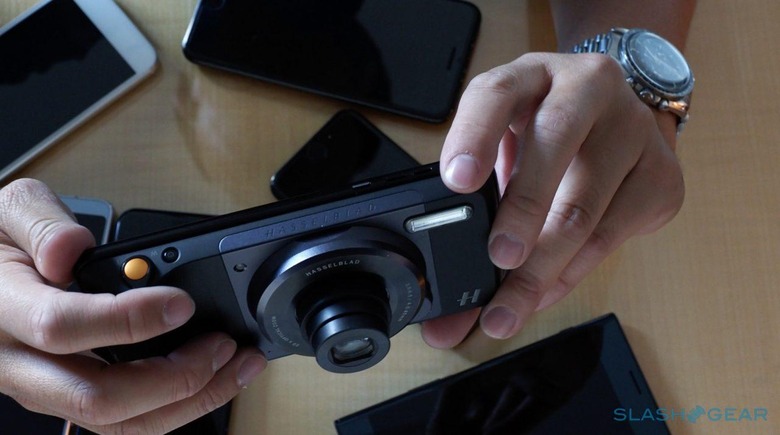
Moto Mods aren't the only thing you should budget for, either. Motorola made a big deal of the Z2 Force's ShatterShield display, but while its glorified screen protector may not shatter should you drop the phone, it's also highly prone to scratches. Indeed, my absolute recommendation is that you use a third-party screen protector to avoid those scratches, which I'm not alone in finding frustrating given this is a $700 smartphone.
Unfortunately it's another example of Motorola taking a step backward versus the original Z-series devices. The first-gen ShatterShield was user replaceable: you could walk into a Verizon store and, for $30, buy the kit to do it yourself. That's no longer the case, even though it's now no longer a matter of "should" you get a screen protector, it's a "must" since the display top cover is so soft that any pressure beyond a gentle fingertip will leave marks. You'll want to protect it, too, as this is a great screen. The panel pops, just as you'd expect from AMOLED.
Android 7.1.1 works well out of the box, and Motorola has left it alone for the most part. Since the Z2 Force has now escaped Verizon exclusivity, other carriers get to join in on the fun. The review unit I have is from AT&T, and comes with the expected folder full of carrier-specific apps pre-installed.
Performance is as good as one can expect from Qualcomm's Snapdragon 835, and on par with other flagship devices powered by the same chipset. It's loaded with 4GB of RAM and Adreno 540 graphics, and comes with 64GB of user storage space. For the most part it proved stable, though during my testing, I found that the camera app would often crash under heavy use. This could well be due to it using an early build of the software.
Like last year's Z-devices, the Z2 Force only has a "water-repellant nano-coating" and so isn't properly waterproof. While that's not a showstopper in and of itself, it definitely joins the list of factors nudging me toward Motorola's competition.
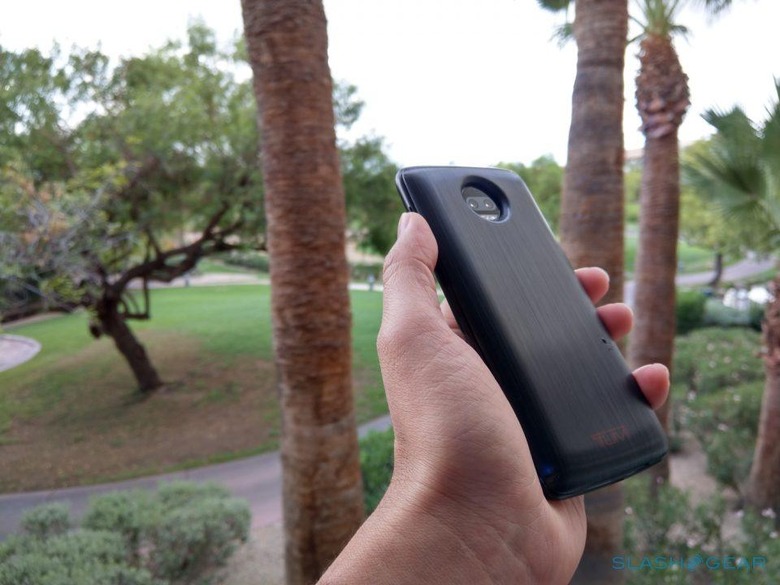
On that list, the smaller battery got me an average of 10-12 hours of usage before running empty. The camera quality is good, not great, though there's some improvement over the first generation Z-devices. I could see this being an upgrade worth considering if you've already invested in Motorola's Moto Mod family of accessories, but as much as I like the Z2 Force, I'm on the fence whether I can recommend it right now.
Not only is Samsung's Galaxy S8 probably the best of the Android options on the market today, it's seen aggressive discounts over the past months. That its primary Android competition will be Samsung's own Note 8, due to be revealed later this month, speaks volumes. That's before you get to the hotly-anticipated iPhone 8. Motorola scores kudos from me for doubling-down on Moto Mods, but altogether this is an expensive way to get the features that arguably should've come on the Moto Z2 Force as standard.

